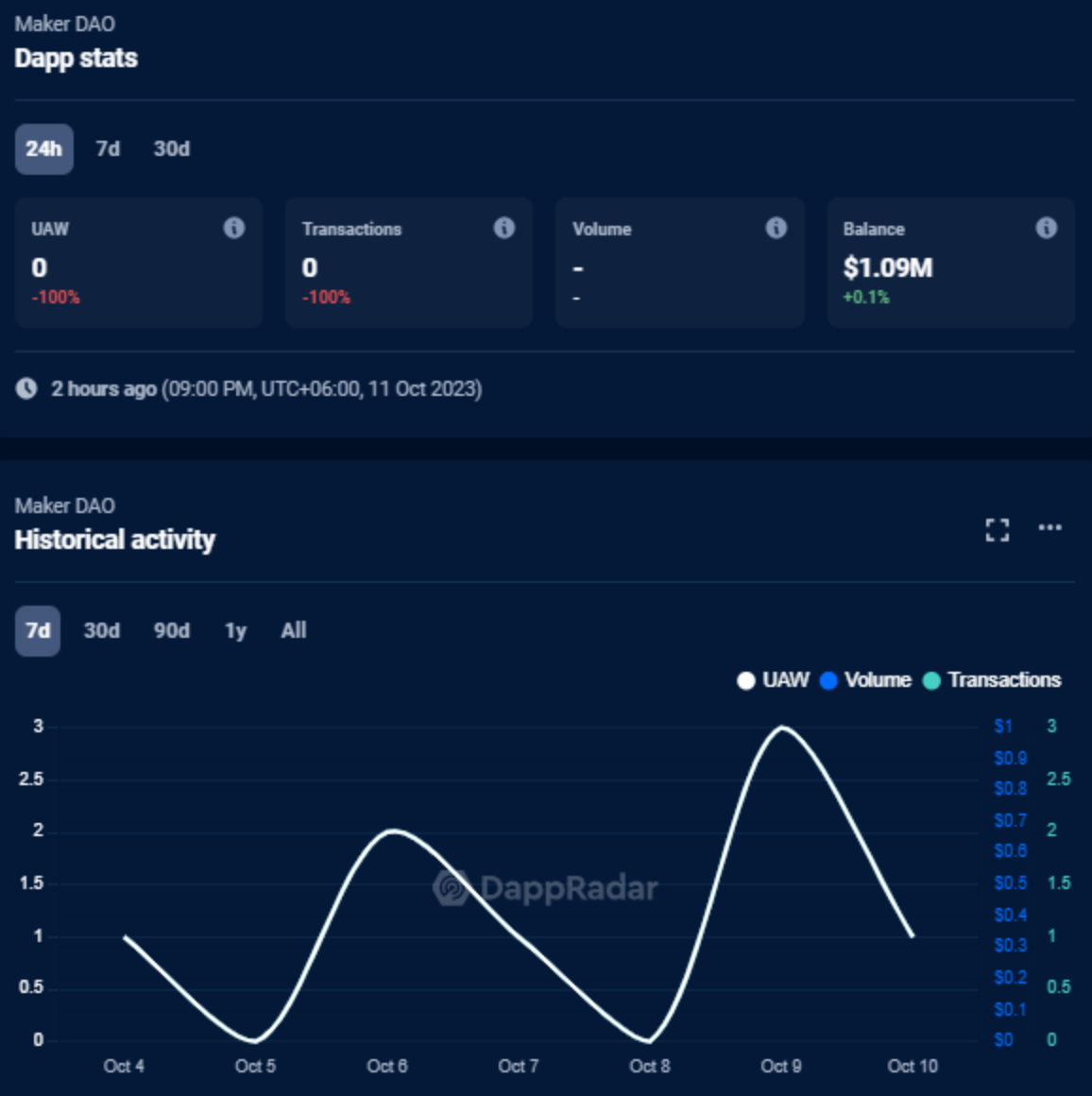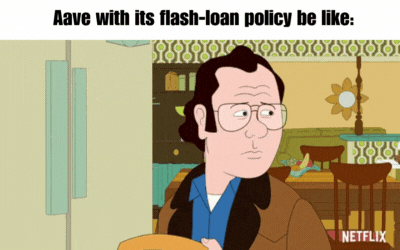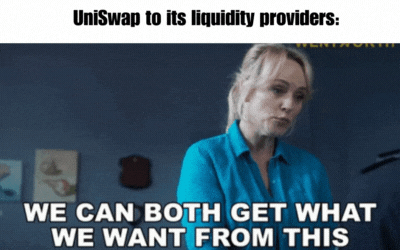The advent of Blockchain technologies has allowed us to look at traditional fields from an innovative viewpoint. Finance is one of those fields that has succumbed to the ideals of decentralization. Decentralized Finance, or DeFi, offers an alternative to traditional banking and financial systems. In the world of cryptocurrencies, it is a revolutionary concept designed to offer financial services in a transparent, open, and accessible manner. DeFi protocols, akin to digital financial tools, operate on blockchain technology, allowing users to engage in activities like lending, borrowing, and trading without relying on traditional banks. These protocols utilize smart contracts, self-executing agreements coded on the blockchain, enabling automation and eliminating the need for intermediaries. What sets DeFi apart is its decentralization; it's not controlled by any single entity and offers users complete control of their assets. Due to its contrasting advantages over traditional finance, DeFi has gained strong recognition among Web3 enthusiasts.
One of the key metrics used to gauge the success and popularity of DeFi protocols is Total Value Locked (TVL). TVL represents the total value of assets staked or locked within a DeFi protocol, indicating the trust and confidence users place in these platforms. In this article, we'll explore the top DeFi protocols based on TVL and understand what makes them stand out in the fast-evolving DeFi landscape.
MakerDAO
MakerDAO, with a TVL of over 4 Billion, stands to be a significant player in the DeFi (Decentralized Finance) arena. It has achieved its prominence by establishing a robust ecosystem for lending, savings technologies, and the creation of a unique stablecoin called DAI on the Ethereum blockchain. The Foundation of this DeFi protocol follows: anyone with Ethereum (ETH) and a Metamask wallet can participate in the lending process, generating the stable DAI cryptocurrency. Users initiate the process by creating Collateralized Debt Position Smart Contracts (CDPs) as a form of collateral, ensuring the stability of DAI. Subsequently, they can withdraw DAI equivalent to a portion of their deposited asset value. The protocol's framework consists of two pivotal tokens: DAI, a stablecoin collateralized by crypto assets and pegged to the US dollar, and MKR, the governance token responsible for the system's stability. MKR mainly serves as a voting mechanism that grants MKR holders the authority to influence platform governance initiatives. Its utility extends to covering system costs, approximately 1% of the transaction, making it an integral component of the ecosystem's functionality.

The creation of decentralized stablecoin, DAI plays a significant role in addressing the volatility of the crypto market. Unlike centralized stablecoins (e.g., USDT, USDC) backed by promises, DAI's value is tied to the USD which can be collateralized by cryptocurrencies like Ethereum. In essence, MakerDAO acts as a group of people willing to lend you money, using your ETH as collateral. In this way, you borrow DAI by staking ETH as security. Maker ensures that when you invest ETH, you receive a corresponding amount of DAI, maintaining a 1:1 USD peg. If a crisis occurs, a "Global settlement" process safeguards the system, enhancing confidence in MakerDAO.
MakerDAO's rise to prominence is evident through its substantial Total Value Locked (TVL) in DeFi, representing the significant share it holds in the ecosystem's liquidity. Its TVL exceeded $19.8 billion in 2021, underlining its importance in the DeFi space, especially as it allows users to borrow DAI without selling their crypto assets. Moreover, DAI has emerged as a leading stablecoin, and MakerDAO is currently one of the top protocols, with over $6.3 billion in assets locked on its platform.
Aave
Aave's journey commenced with its inception in November 2017, initially under the name ETHLend, before rebranding to its current identity in September 2018. It is known for pioneering the concept of "flash loans", instantaneous cryptocurrency loans that do not necessitate collateral, provided that the loan can be repaid within the same transaction. While flash loans have garnered both admiration and criticism for their potential to disrupt DeFi protocols, they undeniably constitute a distinctive feature of Aave's ecosystem.

Aave users can contribute a diverse array of assets to the platform, encompassing stablecoins such as USDT and USDC, alongside various tokens like BAT and MANA. The returns on these assets fluctuate based on several factors, including the type of asset, the underlying blockchain, supply and demand dynamics, and the specific version of Aave being utilized. Importantly, Aave presents multiple iterations, with Aave v2 reigning as the predominant player in the public lending market and Aave v3, bringing in cost-efficiency measures and community-driven decisions regarding approved stablecoins for borrowing and collateral. Aave v3 primarily lends support to layer 2 networks like Arbitrum and Optimism, in addition to other layer 1 blockchains like Polygon and Fantom while Aave v2 natively supports Ethereum, Polygon, and Avalanche.
Beyond its core lending functionality, Aave has introduced Lens Protocol, hosted on the Polygon network, with the aim of enhancing user experiences in the realm of social media. Additionally, Aave introduced GHO, a stablecoin fully backed by cryptocurrency assets, akin to the model adopted by MakerDAO. Aave's plan includes charging interest on loans extended in GHO, thus contributing to the advancement of its decentralized autonomous organization (DAO).
Lido Finance
Lido Finance stands at the top in TVL ranking with an amount of $13.92 billion. It is a decentralized liquid staking protocol, offering a unique approach to staking Proof of Stake-based cryptocurrencies. It allows users to stake their assets, earning staked tokens (e.g., stETH for staked Ethereum), which are freely transferable and represent both the deposit and accrued rewards.
Lido's infrastructure consists of a staking pool, stTokens, a DAO, and node operators. Its unique proposition lies in the ability to provide staking services for a variety of PoS networks, expanding beyond Ethereum to include networks like Solana, Polygon, Polkadot, and Kusama. Users receive derivative tokens with a 1:1 ratio for their staked assets, such as stSOL for Solana or stDOT for Polkadot. By simplifying staking services and offering accessibility to a wide range of PoS networks, Lido Finance has become a pivotal player in the DeFi landscape, especially following Ethereum's transition to proof-of-stake, where it eliminates the need for users to hold a minimum of 32 ETH to participate in staking. This approach has made staked ETH a highly sought-after and lucrative asset, further establishing Lido's leading position in the DeFi ecosystem. Lido's active collaboration with DeFi protocols, such as its partnership with Kamino Finance on Solana and integration with Guarda Wallet, Citadel.one, and Coinbase has also contributed to Lido's remarkable Total Value Locked (TVL) that surpasses MakerDAO and AAVE.
Uniswap
Uniswap was one of the first decentralized finance (or DeFi) applications to gain significant traction on Ethereum— launching in November 2018. As of now, it holds the third-highest TVL. It pioneered the Automated Market Maker model, allowing users to supply Ethereum tokens to “liquidity pools” and algorithms set market prices based on supply and demand. Another remarkable feature of Uniswap is its fee structure. The platform collects a small fee from each transaction, which is then distributed among the liquidity providers who have contributed their assets to the pool. It's a win-win situation; Uniswap can function due to its liquidity providers, while these providers earn a share of the transaction fees, making it a mutually beneficial relationship.

Additionally, Uniswap does not require users to register. Just by connecting your crypto wallet, you can effortlessly navigate the platform. With a straightforward "Swap" option, one can choose any crypto to trade. The "Pool" option lets you participate in liquidity mining, where you can deposit two compatible cryptocurrencies into existing Uniswap pools or explore popular pairs.
Uniswap's accessibility is complemented by its user-friendly design. Its intuitive design ensures a smooth and hassle-free experience. The platform's commitment to innovation is further exemplified by the recent launch of Uniswap X, introducing a range of advanced features, including gas-free transactions and protection against certain attacks.
Conclusion
The DeFi landscape has seen a remarkable shift in Total Value Locked (TVL) over the past year. From $150 billion, it has now decreased to $38 billion, partly due to funds moving from traditional DeFi platforms to liquid staking protocols, like Lido with a $14 billion TVL. This decline is also attributed to reduced trading volume, concerns about security, and falling cryptocurrency prices.
Despite the challenges, experts like Barney Mannerings remain optimistic, pointing to growth in derivatives and real-world assets in DeFi. Although DeFi protocols have seen a drop in TVL, assets like stablecoins have significantly grown on-chain, even if they're not heavily used in DeFi. These shifts in TVL signify a complex landscape of evolving factors within the DeFi ecosystem.